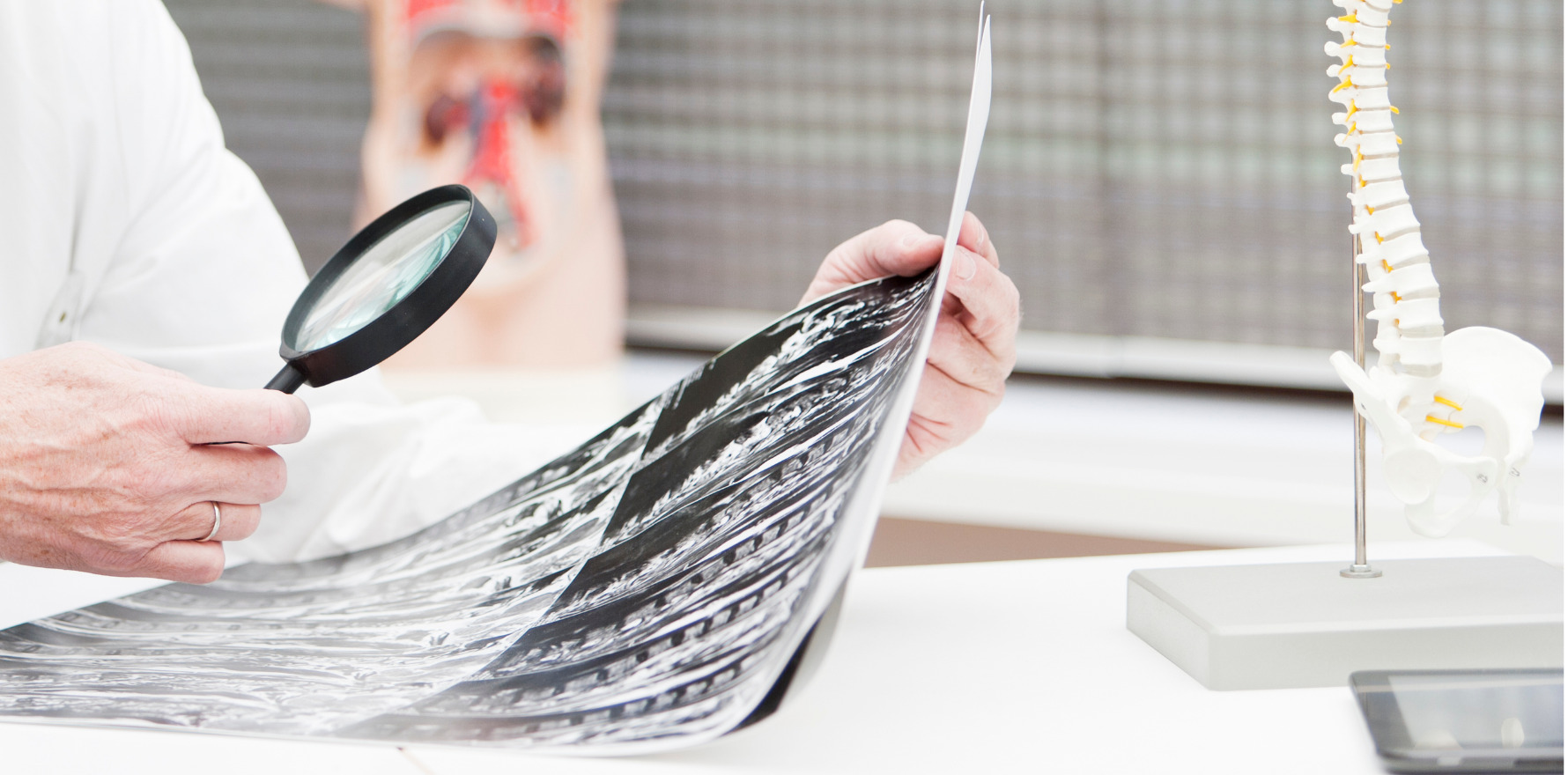Nudge letters successfully reduced GP imaging requests for musculoskeletal complaints, but is that best for patients?
Musculoskeletal complaints account for around one in five visits to GPs, and diagnostic imaging is common despite guidelines that recommend against its routine use.
Two presentations at the recent Australian Rheumatology Association conference investigated the rates of different imaging types and the efficacy of a nudge letter intervention intended to reduce GP imaging request rates.
A team from Monash-Cabrini Department of Musculoskeletal Health and Clinical Epidemiology examined imaging requested by GPs for people with non-traumatic low back, neck, shoulder and knee complaints over a five-year period. Data were obtained from the POpulation Level Analysis Reporting (POLAR) database in Victoria and involved a total of almost 150,000 patient consultations.
Of people with low back complaints, 26% had at least one imaging request within a year of diagnosis, as did 34% of people with neck complaints, 53% with shoulder complaints and 43% with knee complaints.
The overall imaging rates didn’t change over time. However, for patients with low back pain and neck complaints there was an increase in requests for MRI and a corresponding decrease in CT requests.
Researchers reported that overall rates of imaging requests were higher than what would be expected. In low back pain, for example, estimates of serious pathology in such cases are about 1-6%, but in the study about a quarter of patients received an imaging request within one year of diagnosis.
The study authors said this suggested unnecessary imaging in a significant proportion of people, although a trend towards more sensitive imaging requests over time was observed.
“Unnecessary imaging has significant time, financial and environmental costs, and also has the potential to lead to overdiagnosis and overtreatment, since we know that imaging findings do not generally correlate well with symptoms and that many imaging findings are simply the result of normal age-related changes,” said study lead Dr Romi Haas.
The challenge, said the researchers, is to find strategies to reduce unwarranted imaging requests in general practice to increase provision of evidence-based care and optimise outcomes in people with musculoskeletal complaints.
In another presentation, Associate Professor Denise O’Connor, also of the Monash-Cabrini Department of Musculoskeletal Health and Clinical Epidemiology, reported on the results of a GP nudge letter campaign.
Run in partnership with the federal Department of Health, the campaign targeted high-requesting GPs, defined as those in the top 20% of GP referrers for the target imaging tests.
Almost 4000 high-requesting GPs were sent letters from the Chief Medical Officer of Australia comparing their imaging request rates with that of their peers. The primary aim was to estimate the effectiveness of audit and feedback for reducing requests for 11 commonly overused musculoskeletal diagnostic imaging tests compared with a no intervention control.
The intervention group was divided into four subgroups, with a two-by-two factorial design comparing one vs two feedback letters and an enhanced display of data (highlighted figures of concern) vs non-enhanced.
The interventions resulted in significantly fewer imaging requests, ranging from around 2-3 fewer requests per 1000 category 1 consultations and an estimated total of 47,000 fewer musculoskeletal imaging test requests over the 18-month study period.
“Compared with control, the feedback intervention resulted in a 10.6% relative reduction in the overall rate of imaging requests over six months, 9.2% over 12 months and 8.0% over 18 months,” Professor O’Connor told Rheumatology Republic.
They found two feedback occasions more effective than one, and the enhanced display slightly more effective.
While recognising the need to reduce unnecessary imaging, rheumatology professor Graeme Jones suggested it’s important not to overlook medicolegal as well as clinical imperatives.
“In addition, patients get a lot out of seeing what is wrong or not wrong on their scans and there is plenty of evidence out there that individual biofeedback changes behaviour while talking doesn’t,” said Professor Jones.
“Doing more sensitive scans seems a good thing, provided you follow the first rule of medicine: don’t order a test unless you know how to interpret it,” he added.
ARA ASM conference delegates can access the research here:


